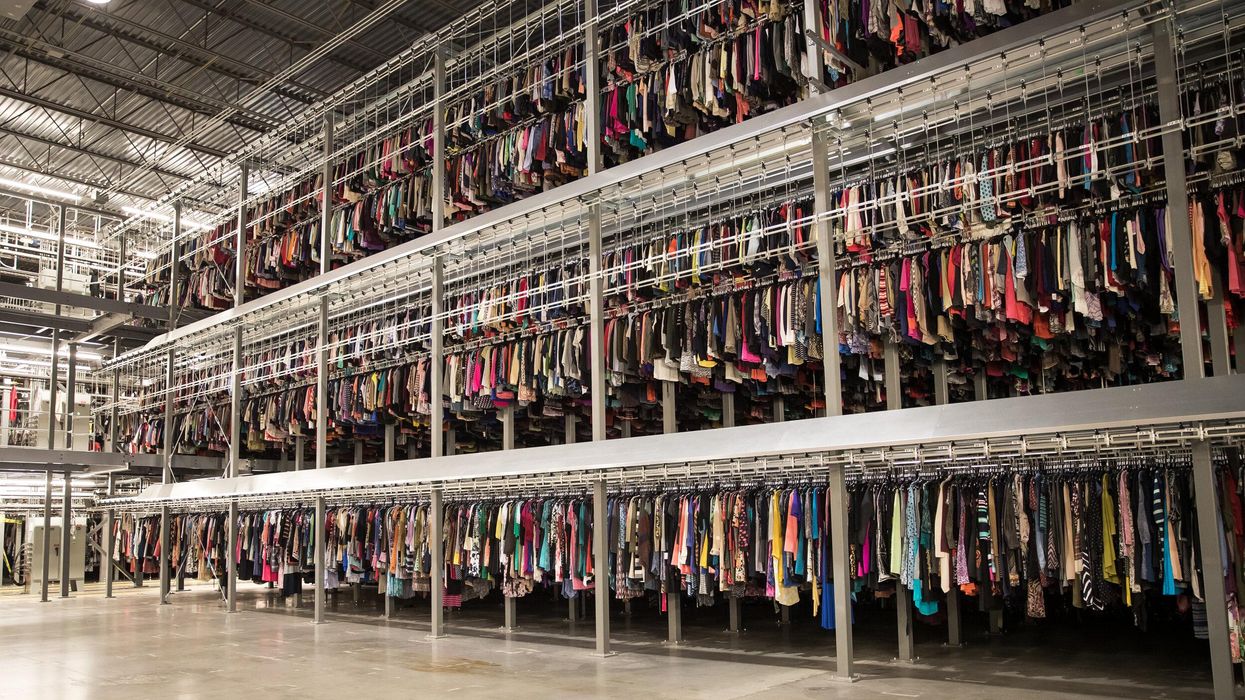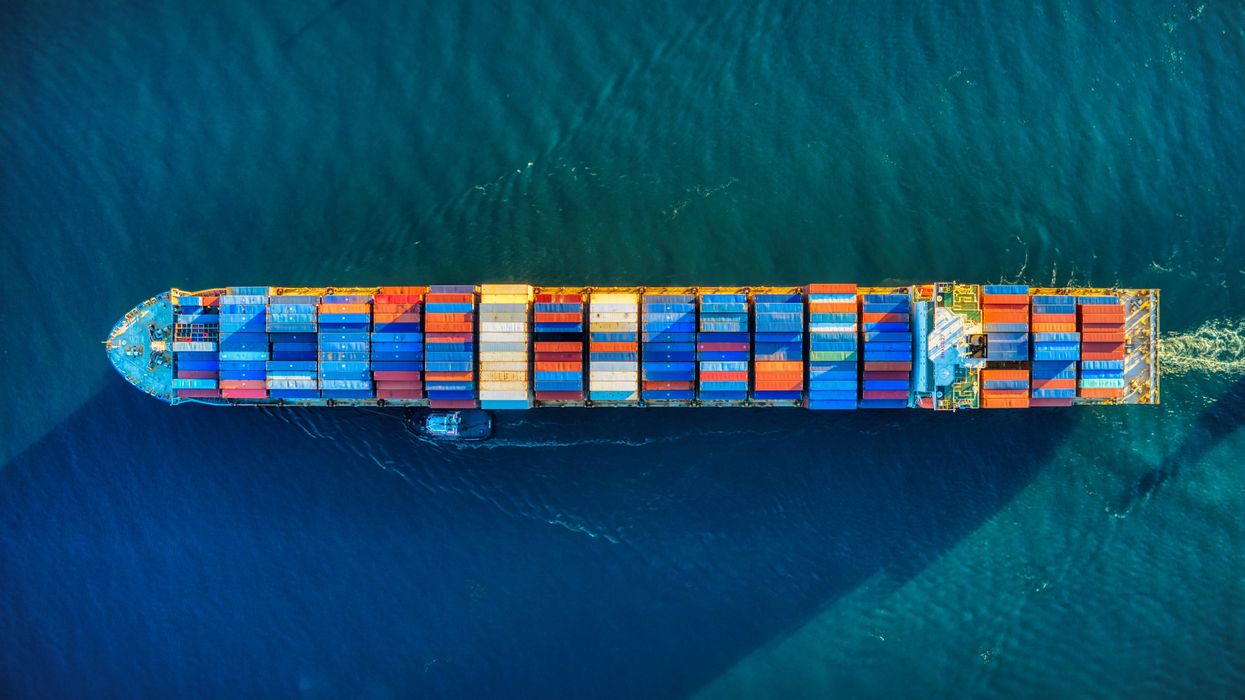thredUP had its best quarter ever to close out 2021.
The resale platform's quarterly earnings call revealed this on a few levels this week:
- The company posted $72.9 million in revenue for the fourth quarter, leading to 68% year-over-year growth, which was its best ever.
- The number of active buyers and orders on the platform were also a record. Each came in at 1.7 million during the quarter, according to earnings reported by the company this week.
- For the full year it grew 35% with revenue of $251.8 million. Total annual orders were also a record, with 5.3 miliion.
thredUP's platform facilitates sales of second-hand apparel, shoes and accessories. It also forges resale partnerships with brands, most recently working with adidas, Crocs, and Michael Stars on its "resale-as-a-service" initiative. Based in Oakland, the company sought to expand internationally in 2021 through the acquisition of European fashion resale platform Remix. That company opened a new facility in Europe.
“We ended our first year as a public company with another quarter of strong financial performance,” said James Reinhart, CEO of thredUP, in a statement. “In 2022, we expect our continued investment in our infrastructure both domestically and internationally will enable us to keep building the foundation for the future of resale on the internet.”
The momentum for thredUP comes at a time of growth in digitally-powered resale. The growth of ecommerce has led to more comfort with shopping online, making shoppers more willing to engage in thrift and consignment purchases over the internet. At the same time, rising consumer awareness about the environmental challenges that result from the influx of consumer goods has led to increased interest in extending a product's life. Propelling this market, thredUP is building a new kind of supply chain in the resale space.
“The not-so-secret but, I think, often misunderstood economic engine that underlies our model is that most of our clothing is listed on consignment,” Reinhart told analysts following the earnings report. “This means we have little inventory risk. Our strategy has been developed with a deeply calculated approach about what it takes to build and sustain competitive advantage over time. We believe that every day, our supply advantage increases, our infrastructure moat widens, and the network effects of our marketplace grow.”
Related Articles Around the Web












